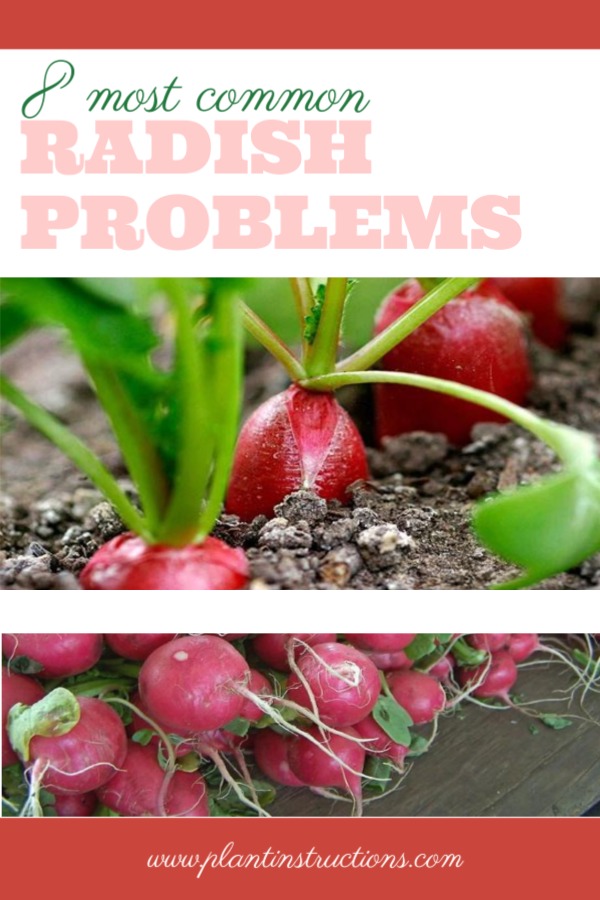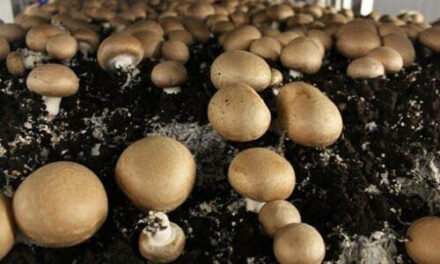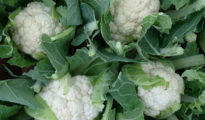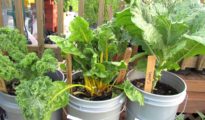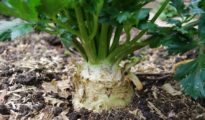Radishes are a cool weather crop, and because they grow so easily and quickly, are a favorite amongst many gardeners. Unfortunately, radishes can come with their own set of radish growing problems from diseases to pests, and today we're going to help you troubleshoot said problems! Growing radishes IS easy and fast, but sometimes, problems do arise, and these radish growing problems are getting fixed today!
Radish Growing Problems
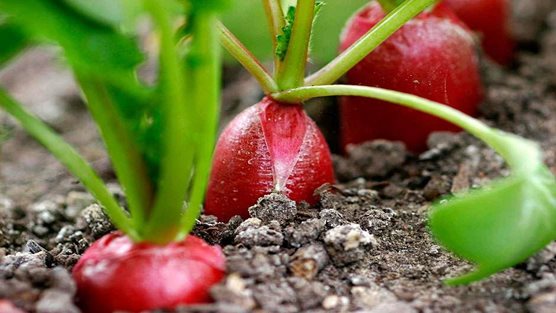
Be sure to grow radishes in loose, compost-amended, and well draining soil. Plant your radishes in full sun about 5 weeks prior to the last average frost date. Keep the plants consistently moist.
Damping Off:
A common fungus that is found in high humidity areas. Prevent this by using well draining soil, and don't plant seeds in cold, moist soil, otherwise your radishes will be prone to seed rot.
Septoria Leaf Spot:
A fungal disease that often affects tomatoes, septoria leaf spot can also affect radishes. Septoria leaf spot will appear as pale yellow, grey spots on the foliage that look like water spots. Be sure your radishes are planted in well draining soil, and remove any affected plants immediately. Rotate your radish crops regularly and remove any weeds.
Fusarium Rot & Downy Mildew:
Fusarium rot is a fungal disease that grows in warm soil. Downy mildew is also a fungal disease, so be sure to keep the garden free of detritus, and destroy and affected plants. Avoid overhead watering and rotate crops regularly.
Black Root:
This fungal disease will cause yellowing of the leaves, and brown, curled margins. Amend the area with organic matter to improve drainage, and again, practice crop rotation.
Alternaria Blight:
This disease causes yellow to black spots with concentric rings on the foliage. To avoid this, be sure to purchase certified, quality seeds. Rotate your crops regularly and water only in the morning to allow the foliage to dry. Apply a fungicide.
White Rust:
This disease appears as white pustules on both the flowers and the foliage, and the leaves may also thicken and curl at the ends. It appears mostly in dry conditions and is spread by the wind. Rotate your crops and be sure to plant disease free seeds. If the disease progresses, use a fungicide.
Clubroot:
This disease mimics damage done by nematodes. It will leave stunted plants with yellow leaves that wilt during the day. The roots will also become distorted and swollen with galls. This disease can live for many years in the soil, so we recommend planting in pots or containers, as well as adding lime to the soil.
Scab:
Also found in potatoes, turnips, and rutabagas, scab causes brownish-yellow lessions on the roots and irregular blotching on the leaves. This is a disease that remains in the soil for a long time, so get rid of the crop immediately and plant in another area or in containers.
These diseases can be avoided when radishes are regularly rotated, when good quality, well draining soil is used, and when they're harvested before they reach maximum size.
Like this post? Share and Pin 🙂
